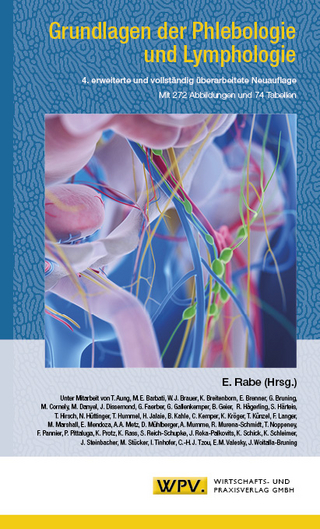
Cardiovascular MRI in Practice
A Teaching File Approach
Seiten
2014
|
2008 ed.
Springer London Ltd (Verlag)
978-1-4471-5858-5 (ISBN)
Springer London Ltd (Verlag)
978-1-4471-5858-5 (ISBN)
- Titel wird leider nicht erscheinen
- Artikel merken
This book contains the entire scan for each of 150 clinical cases (more than 88,000 CMR images). In each case, all the tools to make the diagnosis are presented in exactly the same format as they are used every day at leading CMR clinical centers.
Cardiovascular MR imaging has become a robust, clinically useful mod- ity, and the rapid pace of innovation and important information it conveys have attracted many students whose goal is to become adept practitioners. In turn, many excellent textbooks have been written to aid this process. These books are necessary and useful in helping the student learn the underlying pulse sequences used in CMR, as well as the imaging findings in a variety of disorders. However, one of the difficulties inherent in learning CMR from a book is that the printed format is not the ideal medium to d- play the dynamic imaging that comprises a typical CMR case. For instance, it may be difficult to perceive focal areas of wall motion abnormality on serial static pictures, but these abnormalities are often easily seen on cine loops. One might say that trying to learn CMR solely from a standard textbook with illustrations is like trying to learn to drive by looking at snapshots obtained through the windshield of a moving car. The learner needs to see the cardiac motion and decide if it is normal or abnormal; he or she needs to be in the driver s seat. An additional limitation of the ava- able textbooks on CMR is that while they often have superb illustrations of abnormal findings, these images have been preselected."
Cardiovascular MR imaging has become a robust, clinically useful mod- ity, and the rapid pace of innovation and important information it conveys have attracted many students whose goal is to become adept practitioners. In turn, many excellent textbooks have been written to aid this process. These books are necessary and useful in helping the student learn the underlying pulse sequences used in CMR, as well as the imaging findings in a variety of disorders. However, one of the difficulties inherent in learning CMR from a book is that the printed format is not the ideal medium to d- play the dynamic imaging that comprises a typical CMR case. For instance, it may be difficult to perceive focal areas of wall motion abnormality on serial static pictures, but these abnormalities are often easily seen on cine loops. One might say that trying to learn CMR solely from a standard textbook with illustrations is like trying to learn to drive by looking at snapshots obtained through the windshield of a moving car. The learner needs to see the cardiac motion and decide if it is normal or abnormal; he or she needs to be in the driver s seat. An additional limitation of the ava- able textbooks on CMR is that while they often have superb illustrations of abnormal findings, these images have been preselected."
| Zusatzinfo | Bibliography; 37 Illustrations, color; 50 Illustrations, black and white |
|---|---|
| Verlagsort | London |
| Sprache | englisch |
| Themenwelt | Medizinische Fachgebiete ► Chirurgie ► Herz- / Thorax- / Gefäßchirurgie |
| Medizinische Fachgebiete ► Innere Medizin ► Kardiologie / Angiologie | |
| Medizinische Fachgebiete ► Radiologie / Bildgebende Verfahren ► Sonographie / Echokardiographie | |
| Medizin / Pharmazie ► Studium ► 1. Studienabschnitt (Vorklinik) | |
| Naturwissenschaften ► Biologie ► Biochemie | |
| ISBN-10 | 1-4471-5858-X / 144715858X |
| ISBN-13 | 978-1-4471-5858-5 / 9781447158585 |
| Zustand | Neuware |
| Haben Sie eine Frage zum Produkt? |
Mehr entdecken
aus dem Bereich
aus dem Bereich
Diagnostische und interventionelle Kathetertechniken
Buch (2022)
Thieme (Verlag)
CHF 307,95
Buch | Hardcover (2022)
Urban & Fischer in Elsevier (Verlag)
CHF 377,95
Buch | Softcover (2024)
WPV. Wirtschafts- und Praxisverlag
CHF 104,95


